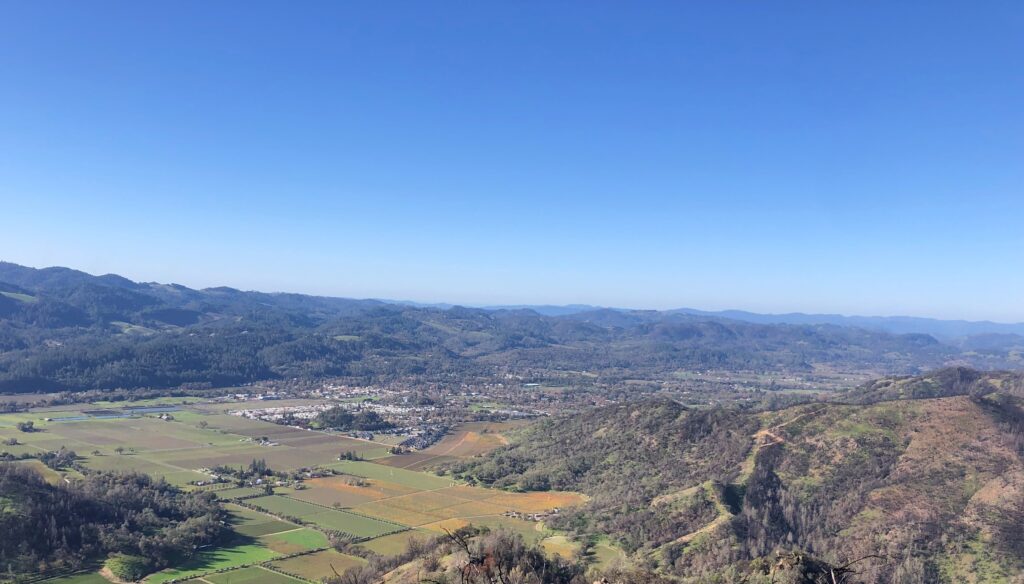Featured article

New Peer-Reviewed Study Shows Targeted Grazing Boosts Native Plant Diversity in California Oak Woodlands
The Land Trust of Napa County is proud to announce the publication of new applied research in the peer-reviewed journal Ecological Solutions and Evidence. The paper, titled “Dry-season grazing enhances native diversity in invaded oak woodlands,” highlights how carefully managed…
Filter Blog by Category:
Support Our Work
Our work is made possible by the generous support of individuals like you. As a community-based nonprofit, we depend on donations—both big and small—to protect the land and legacy of Napa for generations to come. Your contribution is an investment in Napa’s future. Every dollar makes a difference in preserving the beauty and vitality of our community. Join us in making a lasting impact today.










